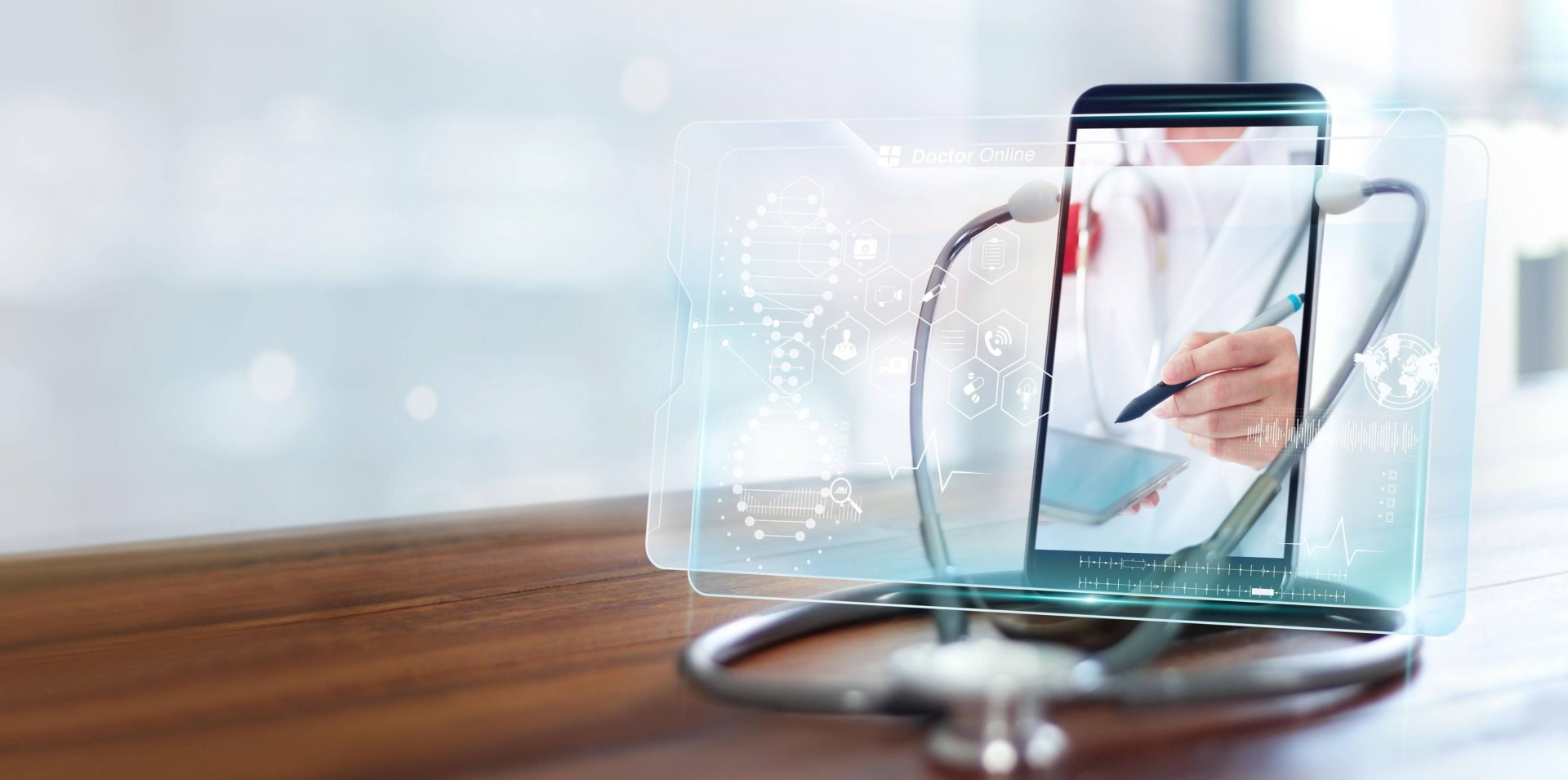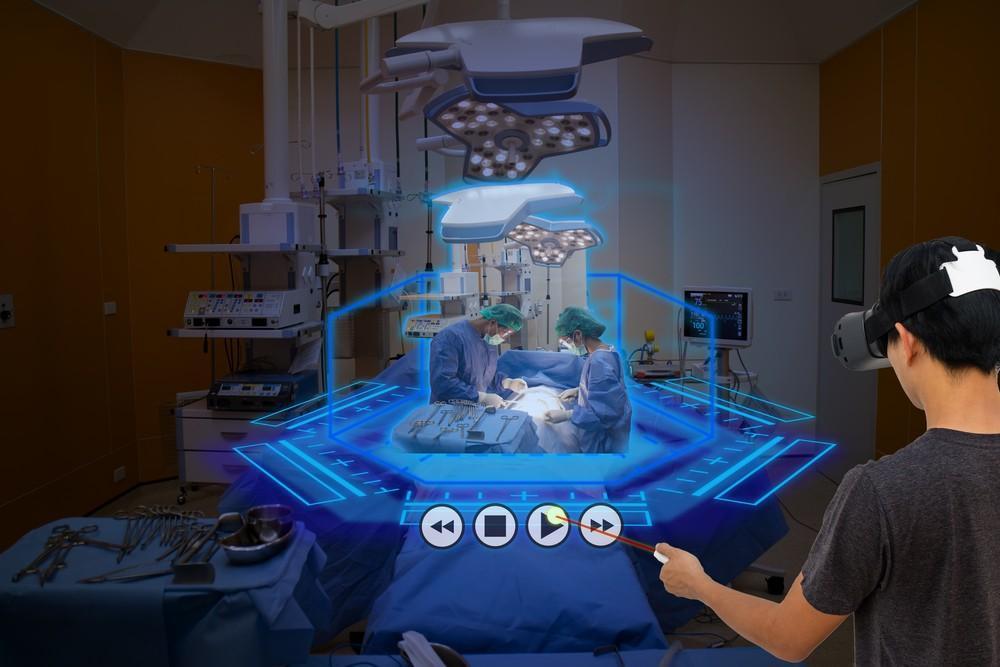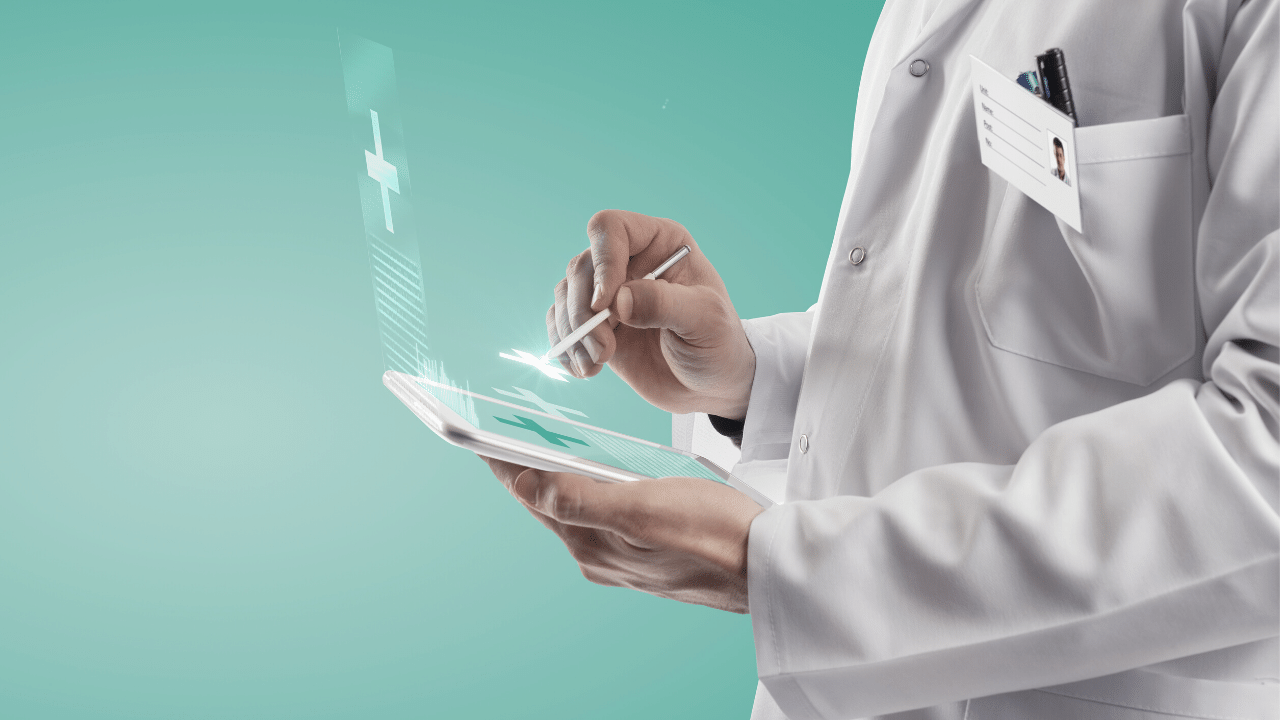Comments
- No comments found

Today’s anemic version of telemedicine is no more innovative than a call from the doctor 50 years ago.
Steve Jobs once observed that the early days of television were nothing more than a radio show with a TV camera added in the background. There was nothing new. If fact, it might have even made the magic of a radio less compelling as you could now “see behind the curtain” of your imagination. Television was a new and powerful medium, but for many, it was just a simple evolution of that old radio show.
Another interesting example of early technological transformation is the early days of the internet. Remember those days when everyone scrambled to get their site up and running? The strategy was to take your existing brochure or visual aid and just post it to the net. Grab the core visual, type in the headlines, and there you have it! Or at least you thought you did, until the idea of the user experience (UX) transformed the internet (and your website) into an engaging and interactive place that people wanted to explore and learn more.
We might be able to make a similar comparison to the state of telemedicine today. The news, contrary to many sensationalized headlines of robust adoption, seem to indicate that the rapid increase of telemedicine visits was not sustained. Early data (and anecdotal accounts in most instances) have shown that visits have fallen off, and in some cases, returned almost to baseline. My guess is that today’s telemedicine was born out of the necessity of COVID-19 and not out of desire. The result is no surprise and is less an expression of digital transformation and more of yesterday’s radio show with the volume turned up.

Will telemedicine evolve to a dynamic and preferred experience? Or have we “cut and pasted” the traditional office experience into a computer screen and left it at that? The talking head clinician is hardly a robust application of technology’s capabilities to telemedicine.
Our challenge is to do much more than transfer an office visit to a Zoom call. Available technologies combined with user education can transform this experience into something that is enjoyable and provides a valuable clinical experience for both patient and clinician. This is a dramatic contrast to today’s perspective that positions telemedicine as an “event of convenience” versus a tool of medical excellence.
The opportunities are here for telemedicine to become an ongoing and continuous engagement where clinicians can leverage technology to advance care, not just provide a bland substitute for the office visit. The many and varied digital health tools available today can potentially provide a unique and appropriate window into patients’ real lives with real-time data and analytics. Simply put, the office can come to the patient! And the reality may just become that the office visit is less an intrusion into our lifestyle, but a part of a more dynamic continuum of care where that visit becomes less the rule and more the exception.

It’s time that the user experience (UX) for tech like the internet and apps moves over and allows the introduction of the technology-based clinical experience (CLX). Today’s CLX allows less of a conversation and more of a dialogue that optimizes the engagement — from a social, clinical, and economical perspective.
The future of telemedicine must leverage the tools of user engagement that are already in our consumer toolboxes. Our challenge isn’t just to repurpose a clinical history and physical exam but to reinvent the exchange of information in the techno-human construct. Even our natural conversations can be optimized with technology and artificial intelligence to offer something that is not just “human-like” but actually “uber-human” and establishes a new potential that makes a simple video chat with a doctor feel a bit yesterday.
And while many will still cling to the humanity of a traditional engagement, the potential for the unique pairing of a “bot” with specific needs — from word choice to gender neutrality — can enhance and even optimize the engagement.
The incorporation of technology into the telemedicine visit is another essential element to making it mainstream. Today, digital health tools can add important layers to the telemedicine visit. What was once the domain of the physician and specialist is now available through a spectrum of highly accurate and low-cost consumer tools. Build into the dialogue the role of artificial intelligence, language analytics, and the emerging aspects of voice, breath, and speech patterns, and what emerges is tomorrow’s telemedicine that expands the role of a simple conversation to a diagnostic tool in of itself. From the ECG to the stethoscope to voice-mediated disease detection, technology no longer facilitates a connection but enhances the very nature of the techno-exam.
It’s clear that the health technology toothpaste is out of the tube. And it’s unlikely that it’s going back in. The “option” of health technology is shifting to an “imperative” in the era of COVID-19. But the question remains if patients and practitioners alike will translate these innovations into new and robust, long-term modalities.
This post was sponsored by AT&T Business, but the opinions are my own and don’t necessarily represent BBN Times and AT&T Business’s positions or strategies.
John is the #1 global influencer in digital health and generally regarded as one of the top global strategic and creative thinkers in this important and expanding area. He is also one the most popular speakers around the globe presenting his vibrant and insightful perspective on the future of health innovation. His focus is on guiding companies, NGOs, and governments through the dynamics of exponential change in the health / tech marketplaces. He is also a member of the Google Health Advisory Board, pens HEALTH CRITICAL for Forbes--a top global blog on health & technology and THE DIGITAL SELF for Psychology Today—a leading blog focused on the digital transformation of humanity. He is also on the faculty of Exponential Medicine. John has an established reputation as a vocal advocate for strategic thinking and creativity. He has built his career on the “science of advertising,” a process where strategy and creativity work together for superior marketing. He has also been recognized for his ability to translate difficult medical and scientific concepts into material that can be more easily communicated to consumers, clinicians and scientists. Additionally, John has distinguished himself as a scientific thinker. Earlier in his career, John was a research associate at Harvard Medical School and has co-authored several papers with global thought-leaders in the field of cardiovascular physiology with a focus on acute myocardial infarction, ventricular arrhythmias and sudden cardiac death.
Leave your comments
Post comment as a guest